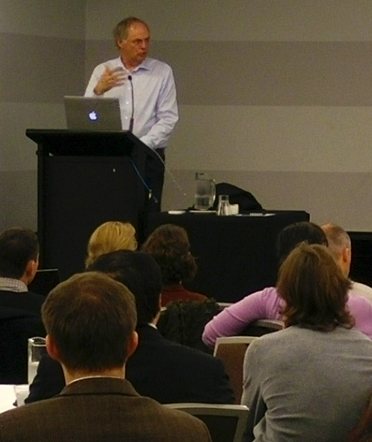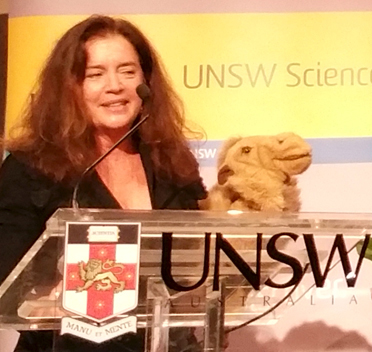
How can Australia facilitate the translation of stem cell therapies from the bench to the clinic?
How can we strike a balance in regulation which protects patients from being exposed to unproven therapies, yet still allows clinical innovation?
What are the potential applications of stem cell science to non-medical fields in the future?
These were some of the questions pondered by the 60 early- and mid-career researchers who attended the 2015 Theo Murphy High Flyers Think Tank—‘The stem cell revolution: Lessons and imperatives for Australia’. Delegates were drawn from all subfields of stem cell science and regenerative medicine, including policy makers, clinical practitioners, innovation managers and ethicists, and came from around Australia, New Zealand and the region.
Participants brainstormed solutions to the problems facing this field, focusing on the research sphere and on the broader context of how members of the public perceive and interact with stem cell science. They looked ahead to the future to predict what benefits stem cell science could bring to Australians and how best to support scientists to deliver these benefits.

Participants found the event an intense but rewarding and inspiring experience. A report incorporating the main solutions identified during the Think Tank will be published later this year and, like reports from previous Think Tanks, may influence policy decisions being made in this field.
© 2025 Australian Academy of Science